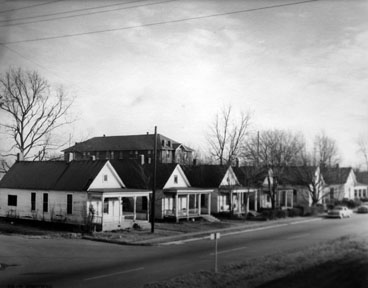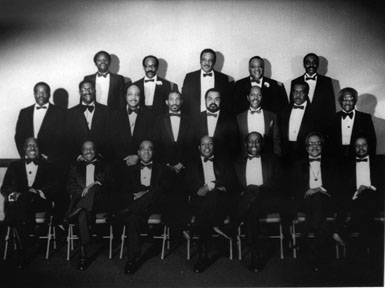Something for the Record: The Photographic Mission of Ralph Armstrong
Artistic talent takes many forms. Ralph W. Armstrong was a classically trained musician before he was a photographer.

Born in North Little Rock in 1925, he played saxophone and clarinet in the Scipio A. Jones High School band and then at Little Rock's Philander Smith College. Drafted into the Navy in 1943, he spent the next two years in Chicago and the South Pacific. He returned to Chicago after the war to attend the American Conservatory of Music, but when racist opposition dampened his hopes of winning a seat in the Grant Park Symphony Orchestra, he decided to channel his artistic impulses into photography. He enrolled in photography school in Chicago, where he developed particular expertise in darkroom techniques. Armstrong operated a photography studio and service in Chicago from 1947 to 1951, before returning home to Little Rock with his wife, fellow Arkansan Ruby Joshua Stanton, to raise his family.
Armstrong worked as a mail carrier in downtown Little Rock for thirty-seven years while also maintaining his photography studio. He began to specialize in portraits, most of them taken on location rather than in his studio. Armstrong said, "You get a sense of how your subjects want to present themselves and you work to capture that for them." He took countless individual and group portraits of African American judges and college presidents, doctors and preachers, professional and civic associations, school groups and fraternities. The formal portraits are often very carefully composed, conveying a sense of stillness, a hush before the shutter falls. The individuals gathered for that event are, for that moment at least, dignified, solemn, and blended into anonymity within the group. It is the record of the group that predominates, not the event or even the individuals.
Other portraits are less formal. Good fun and personalities shine in "Beauticians at the State Convention," a portrait that captures the presentation of a whimsical crown and sceptre made of money to the retiring president of the organization. Another portrait, "Students at St. Bartholomew's Catholic School," shows St. Bartholomew's seniors gathered outside of the school's front door on their last day before graduation. The students are casually grouped; some wave to the camera, others turn away from it; a nun shakes a graduate's hand, peeking toward the camera from beneath her veil.
A keen sense of the perishable architectural heritage of his community led Armstrong to photograph scores of houses, churches, and schools, many just before their demolition. He said, "I started going by old churches and houses when I had a few shots at the end of a roll. I guess I was pretty aware of what I was doing even at the beginning knowing an old church or school was going to be demolished, I'd run out to get a picture of it, something for a record."
Armstrong's collection contains hundreds of images that, taken together, preserve a visual record of Little Rock's African American community in the postwar era, a community that was whole and self-sustaining, but also one that was pressured by change. Integration and urban renewal are forces of progress that also entail loss, and Ralph Armstrong's camera vividly recorded both faces of such social change as they affected his home community over the last half-century.
(Click thumbnail image to enlarge.)




